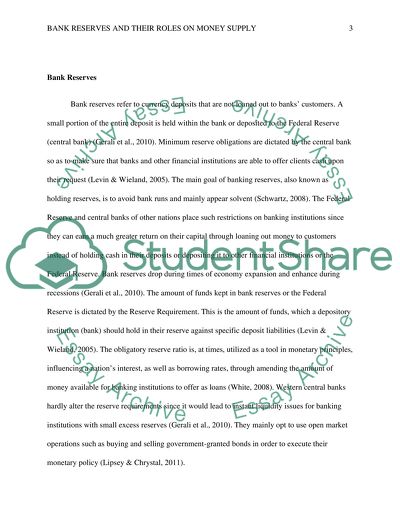Cite this document
(“Bank Reserves and its Role on Money Supply Research Paper”, n.d.)
Bank Reserves and its Role on Money Supply Research Paper. Retrieved from https://studentshare.org/finance-accounting/1493299-bank-reserves-and-its-role-on-money-supply
Bank Reserves and its Role on Money Supply Research Paper. Retrieved from https://studentshare.org/finance-accounting/1493299-bank-reserves-and-its-role-on-money-supply
(Bank Reserves and Its Role on Money Supply Research Paper)
Bank Reserves and Its Role on Money Supply Research Paper. https://studentshare.org/finance-accounting/1493299-bank-reserves-and-its-role-on-money-supply.
Bank Reserves and Its Role on Money Supply Research Paper. https://studentshare.org/finance-accounting/1493299-bank-reserves-and-its-role-on-money-supply.
“Bank Reserves and Its Role on Money Supply Research Paper”, n.d. https://studentshare.org/finance-accounting/1493299-bank-reserves-and-its-role-on-money-supply.


